Calatrava’s Vela finally returns to shine in the skies of Rome. After more than fifteen years of neglect and incompletion, the former “City of Sports” in Tor Vergata has been handed back to the city in a completely renovated guise. An area that has always been a symbol of the Capital’s missed opportunities is now transformed into a public infrastructure at the service of the community and the 2025 Youth Jubilee, thanks to a total investment of 80 million euros allocated by the Ministry of Economy and Finance, the State Property Agency and the Jubilee Commission Structure.
The official handover ceremony of the redeveloped areas was held at the Tor Vergata site in the presence of numerous institutional authorities. Deputy Economy Minister Maurizio Leo and Agenzia del Demanio Director Alessandra Dal Verme formally handed over the spaces to the Extraordinary Commissioner for the Jubilee and Mayor of Roma Capitale, Roberto Gualtieri. The event also marked the inauguration of the Vela’s dramatic lighting system, designed by Spanish architect Santiago Calatrava, with a symbolic ribbon-cutting ceremony that officially kicked off the complex’s new life. The redevelopment is among the major works promoted by the government for the Jubilee of 2025, with the intention of regenerating marginalized areas of the Capital by returning them to the community. In this context, the redevelopment of the former “City of Sports” takes on strategic significance, both for its urbanistic impact and for its symbolic value of a long-awaited rebirth.
The Ministry of Economy and Finance, through the State Property Agency, played a central role in coordinating the financial and operational process that led to the redevelopment of the area. The intervention is part of the extraordinary measures included in the so-called Jubilee Decree and is part of the broader National Plan for Urban Regeneration. An institutional synergy that made it possible to bring back to light an iconic structure that had remained for years the symbol of urban decay and waste of public resources.
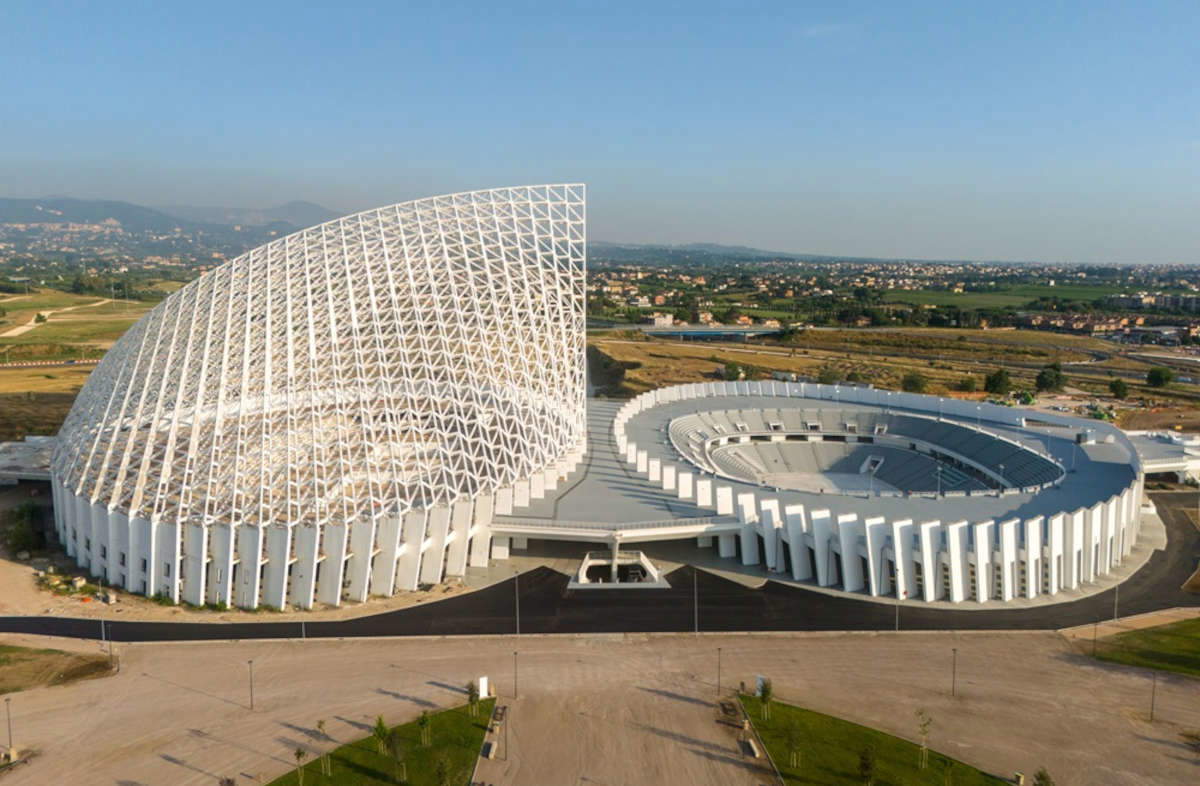
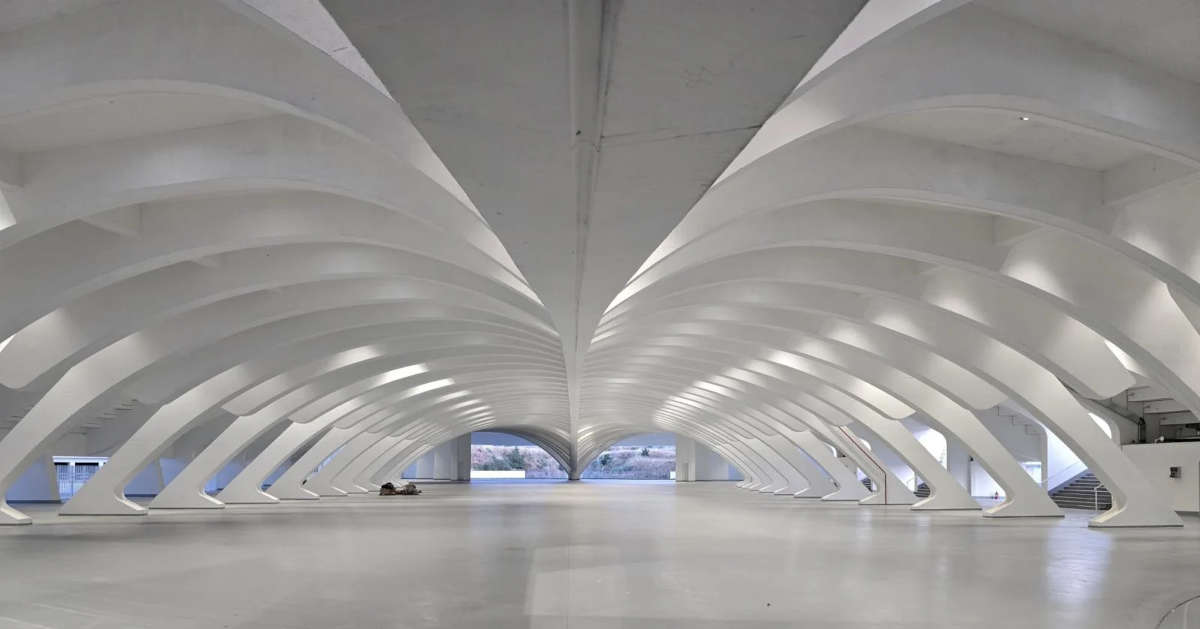
Today Tor Vergata can count on an infrastructure that is finally usable, safe and accessible. The Vela, 75 meters high and weighing more than 6,800 tons, underwent a major structural intervention: the load-bearing elements built in 2005 were consolidated, static tests were completed, and a new functional phase was launched, with the Palasport as an open-air arena capable of accommodating 8,000 seated spectators and up to 15,000 in the entire indoor area.
In addition to the central structure, the project involved the redevelopment of the northern area of the site, with a complete overhaul of the road system, parking lots, and underground utilities. In total, the regenerated area exceeds 48 hectares, including about 24 hectares in the northern area. More than 51,000 square meters of new pavement has been constructed and more than 100,000 square meters of surfaces have been painted.
One of the central elements of the project is environmental sustainability. The regeneration plan includes not only the redevelopment of existing spaces, but also the inclusion of interventions designed to improve the environmental impact of the complex. Already 460 trees, 600 hedges and 6,000 shrubs have been planted, with a projected reduction in CO₂ emissions of about 45 tons in 20 years and more than 65 tons in 30 years.
The lighting systems, which have transformed the Sail into a lighting landmark, include 4,123 state-of-the-art luminaires. This system has already received major international recognition, winning first prize in the Darc Awards 2025 competition, confirming the architectural and technological quality of the intervention. In addition, work has been initiated on rainwater recovery and clean energy production, marking a clear direction toward ecological transition. In the future, it is planned to create a botanical park that will further expand the area’s green offerings, integrating with the surrounding urban fabric.
The regeneration of Tor Vergata does not stop there. In implementation of Decree Law No. 202 of December 27, 2024, the project includes the possibility of activating public-private partnership operations, in synergy with the Municipality of Rome and the Lazio Region. This collaboration model aims to attract new investments in key sectors such as research and technology, training, health and wellness.
The area will also be able to accommodate logistical functions for central administrations, creating a functional mix that aims to enhance Tor Vergata as a new urban hub. The site is thus a candidate to become a multifunctional hub, integrated into the Roman context and capable of offering long-term services even after the Jubilee is over.
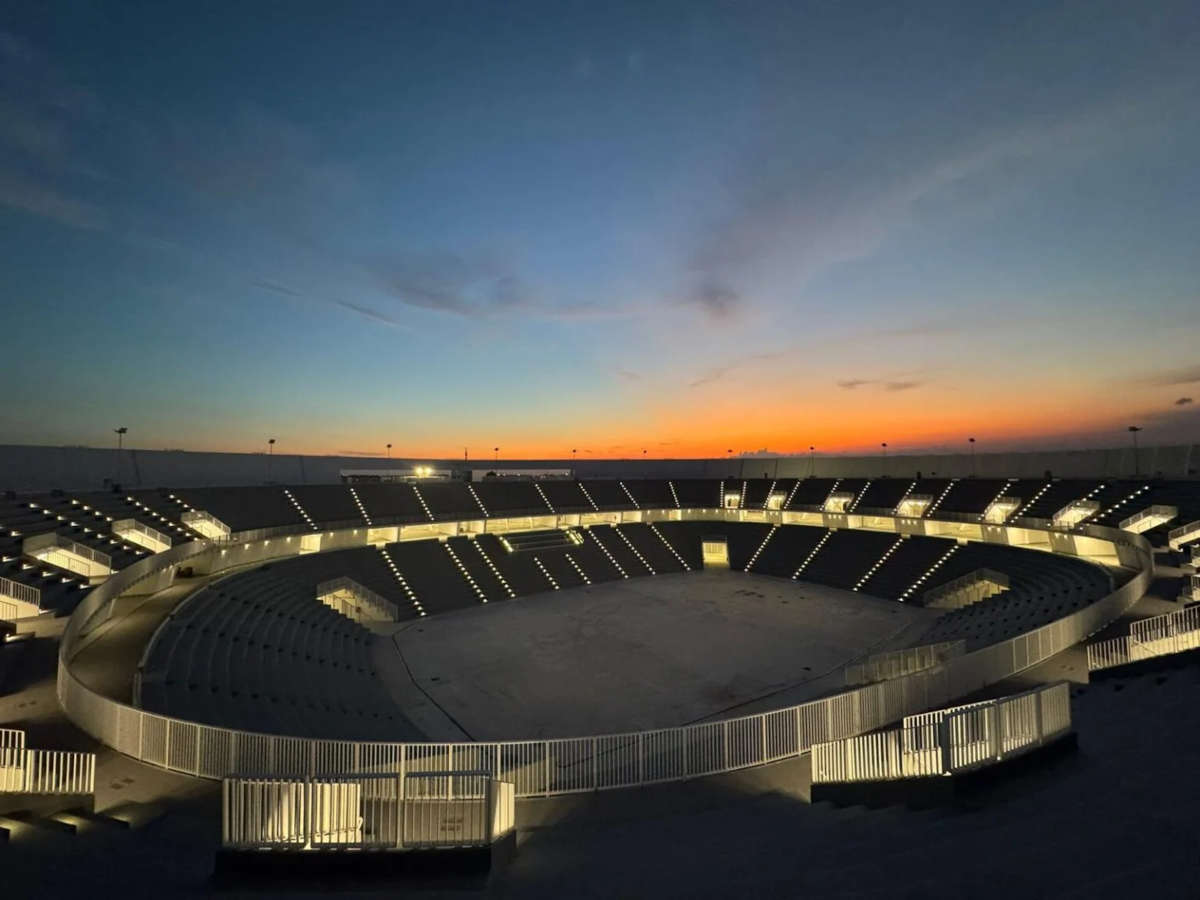
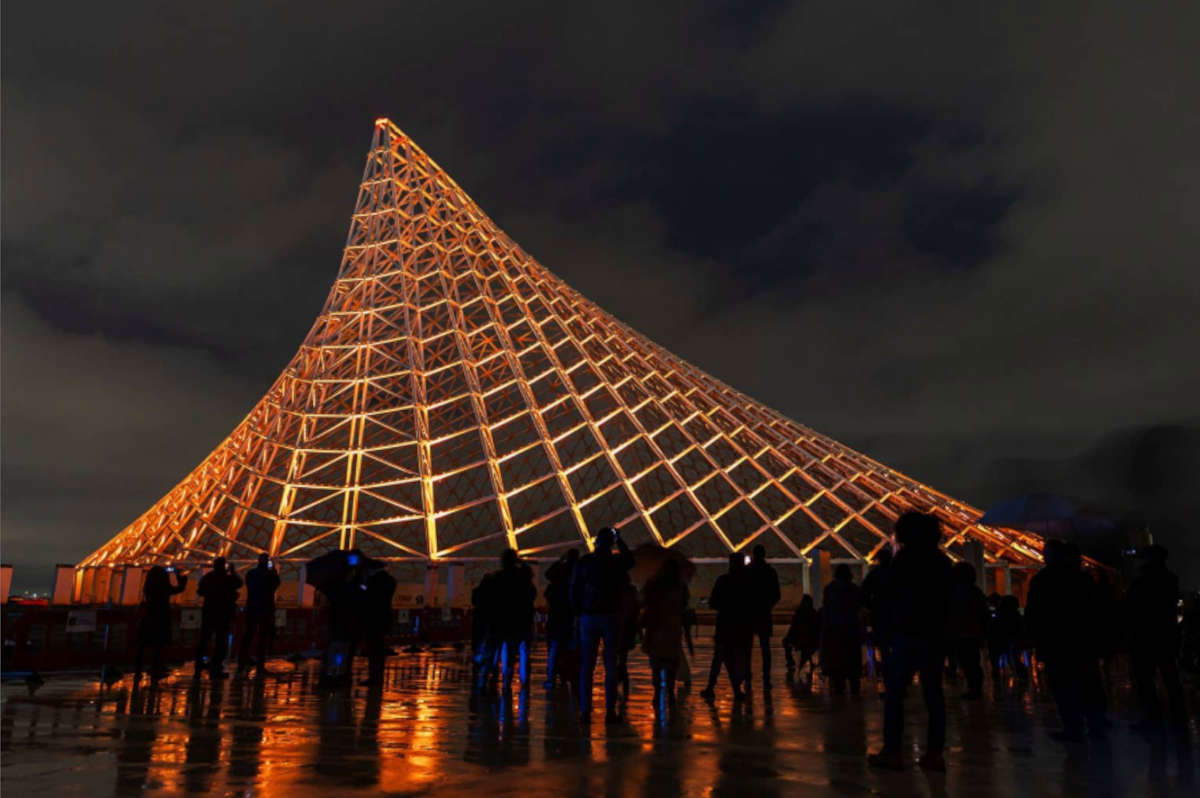
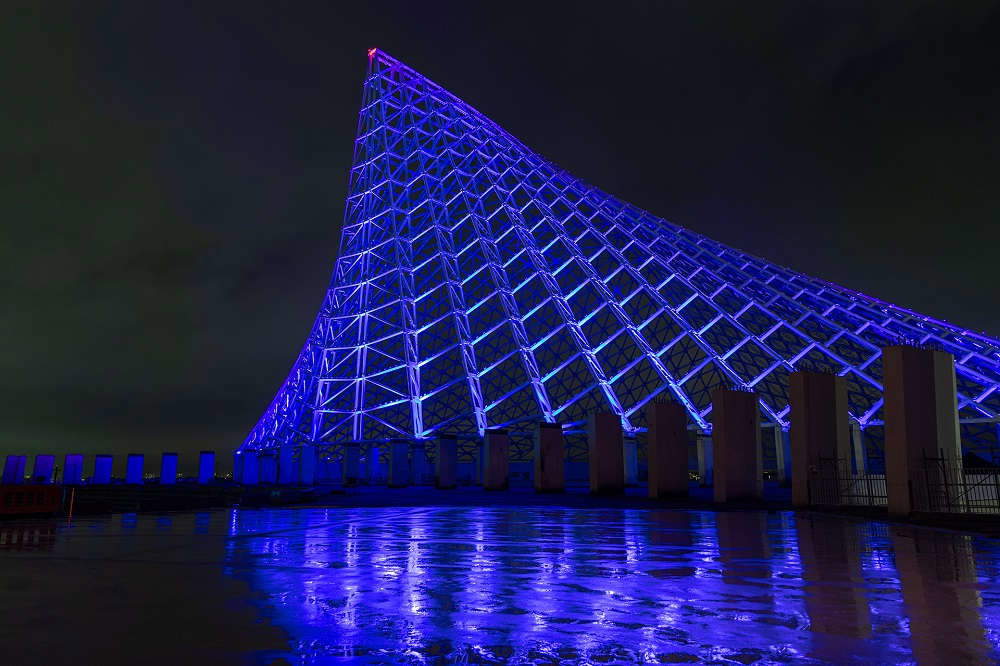
“The symbolic value of this work relates to the time factor,” says Alfredo Mantovano, undersecretary of state for the Presidency of the Council. “The hope tonight comes from the fact that here, in Tor Vergata, the institutions have not resigned themselves to degradation and have made visible that they have wanted to move forward together, beyond majorities and political colors, united by the will to transform delays into opportunities for development. Tonight we are giving back to the city an asset that was destined to be a ’non-place’ and is coming back to life with important economic, social, sports, and cultural potential. The recovery of this area is not an isolated episode: the suburbs, as we are demonstrating with the recovery projects underway throughout Italy, from the South to the North, on the Caivano model, are a priority for the government.”
“This intervention represents a virtuous example of how the government is working concretely to redevelop public assets,” explained Maurizio Leo, Deputy Minister of Economy and Finance. “Urban areas that for years were a symbol of degradation and illegality are now returned to the community, transformed into living, functional spaces for the territories and, as in this case, for young people. It is a tangible testimony of a policy that regenerates, enhances and restores dignity to local communities.”
“The intervention on the City of Sports and Calatrava’s project, which has never been fully realized, represents an action of progressive regeneration of the territory, not only physical but also symbolic,” says Alessandra Dal Verme, director of the State Property Agency. “A work that is measured by the present and will be able to contribute to the sustainable and strategic redesign of an important portion of Rome. Peripheral areas will be able to take on centrality and cultural and social attractiveness. Thanks to the work shared with the institutions of the Territory - Municipality and Region - the site becomes an open, safe and attractive place available to citizens, ready to welcome today the great Jubilee event, but also, immediately after, projected towards private and public investments for future development.”
The Mayor of Rome and Extraordinary Commissioner for the Jubilee, Roberto Gualtieri, commented, “We are happy that this intervention, strongly desired by Roma Capitale during the elaboration phase of the Jubilee works, can today find its completion. Here at Tor Vergata hundreds of thousands of young people will arrive in a few weeks, and we had a duty to be ready. Here again we have succeeded with the cooperation of everyone, consistent with what we have called, not surprisingly, the ’Jubilee Method.’ Thus the wound of a historic unfinished work is erased and the city is guaranteed a great new Jubilee legacy made up of public spaces, new green areas and services for the Polyclinic. A great work that continues in the furrow of a strategy that sees Roma Capitale investing in the future and in the creation of new centralities throughout the territory, starting from this quadrant where, in the coming days, the new highway interchange and the flyover will also be opened, as well as in Tor Bella Monaca, through the extraordinary interventions of urban regeneration and social revitalization. We deliver on time another great Jubilee work as yet another demonstration that with method, self-sacrifice and collaboration in Rome things can be done and can be done well.”
 |
| Rome, Calatrava's Vela finally reborn after years of neglect |
Warning: the translation into English of the original Italian article was created using automatic tools. We undertake to review all articles, but we do not guarantee the total absence of inaccuracies in the translation due to the program. You can find the original by clicking on the ITA button. If you find any mistake,please contact us.